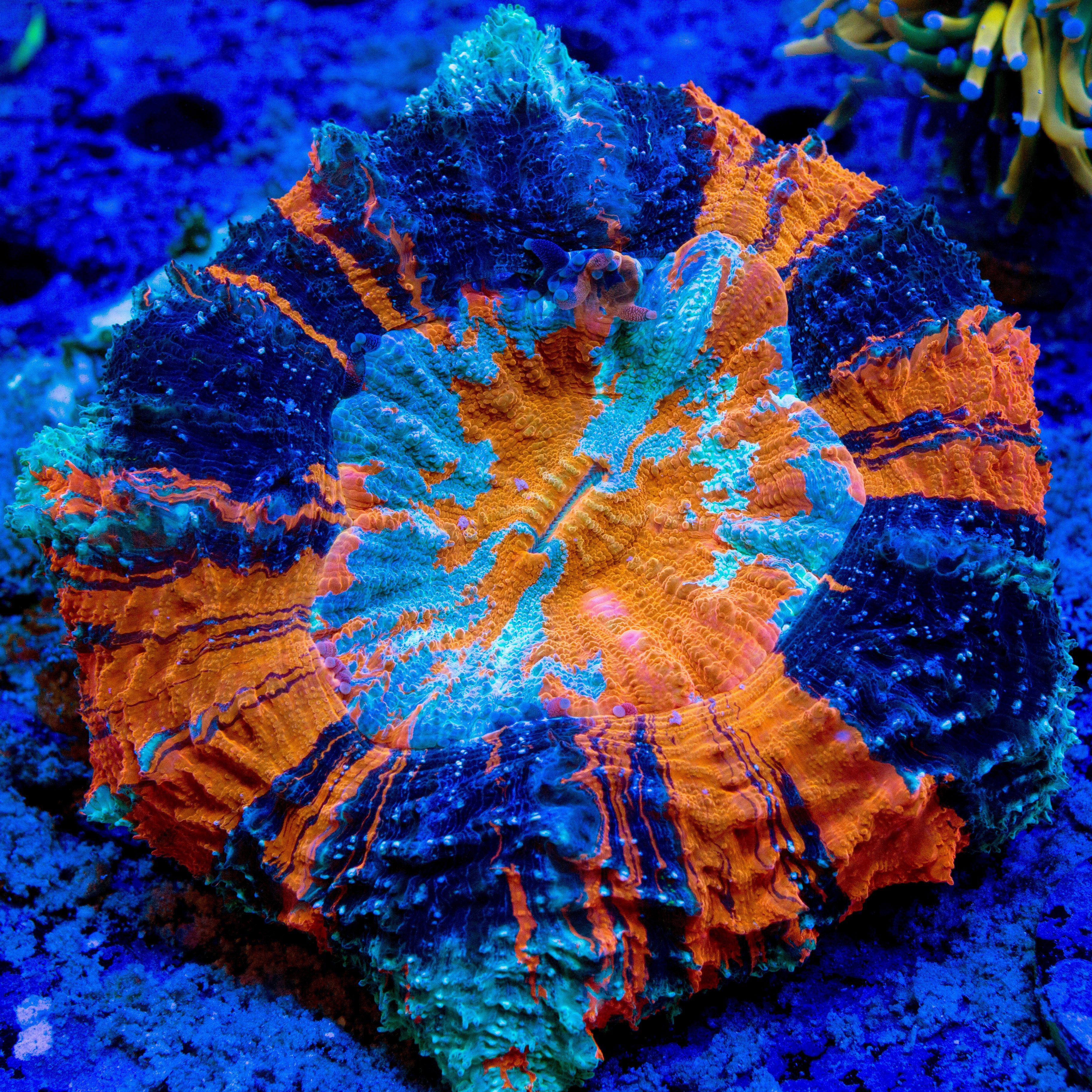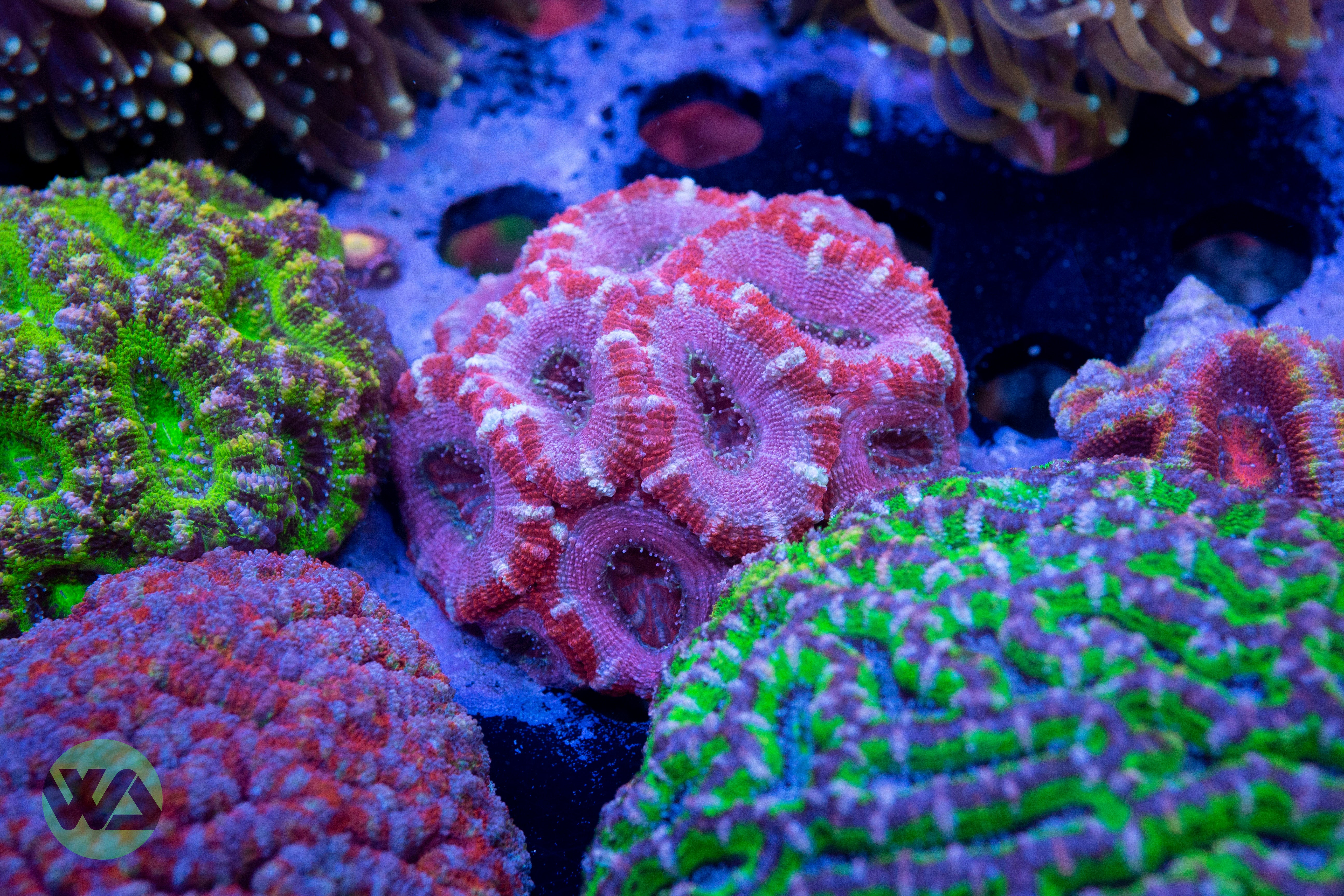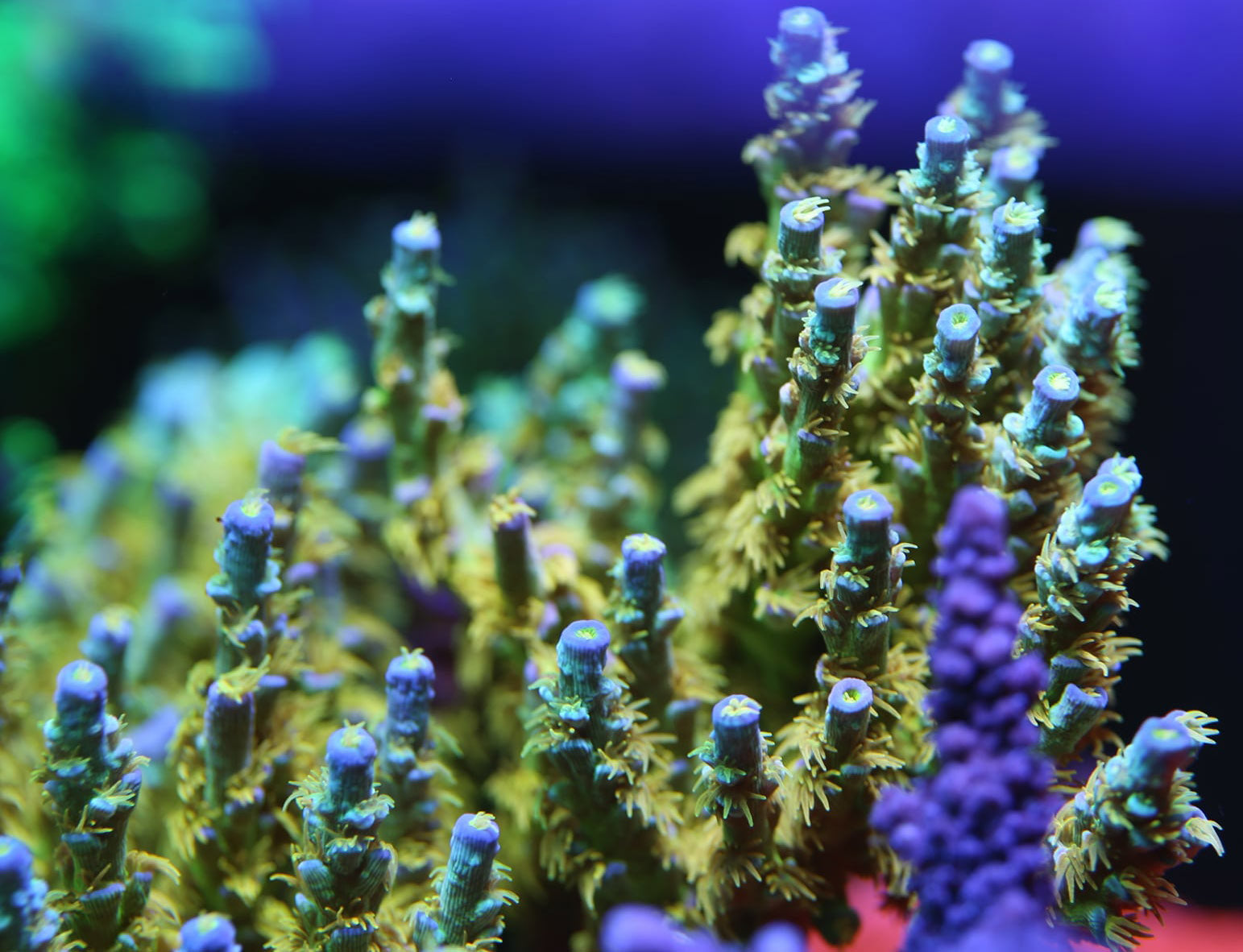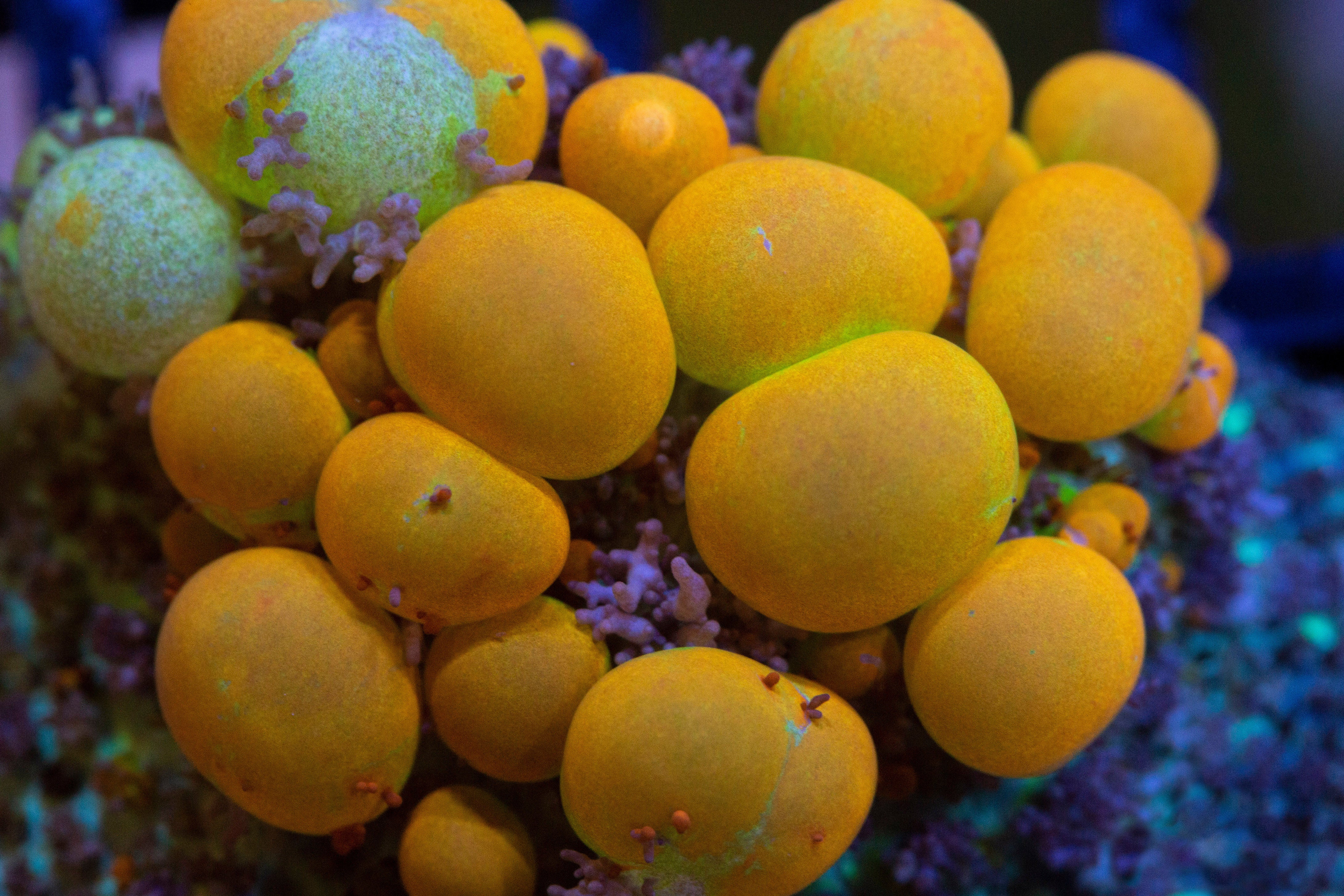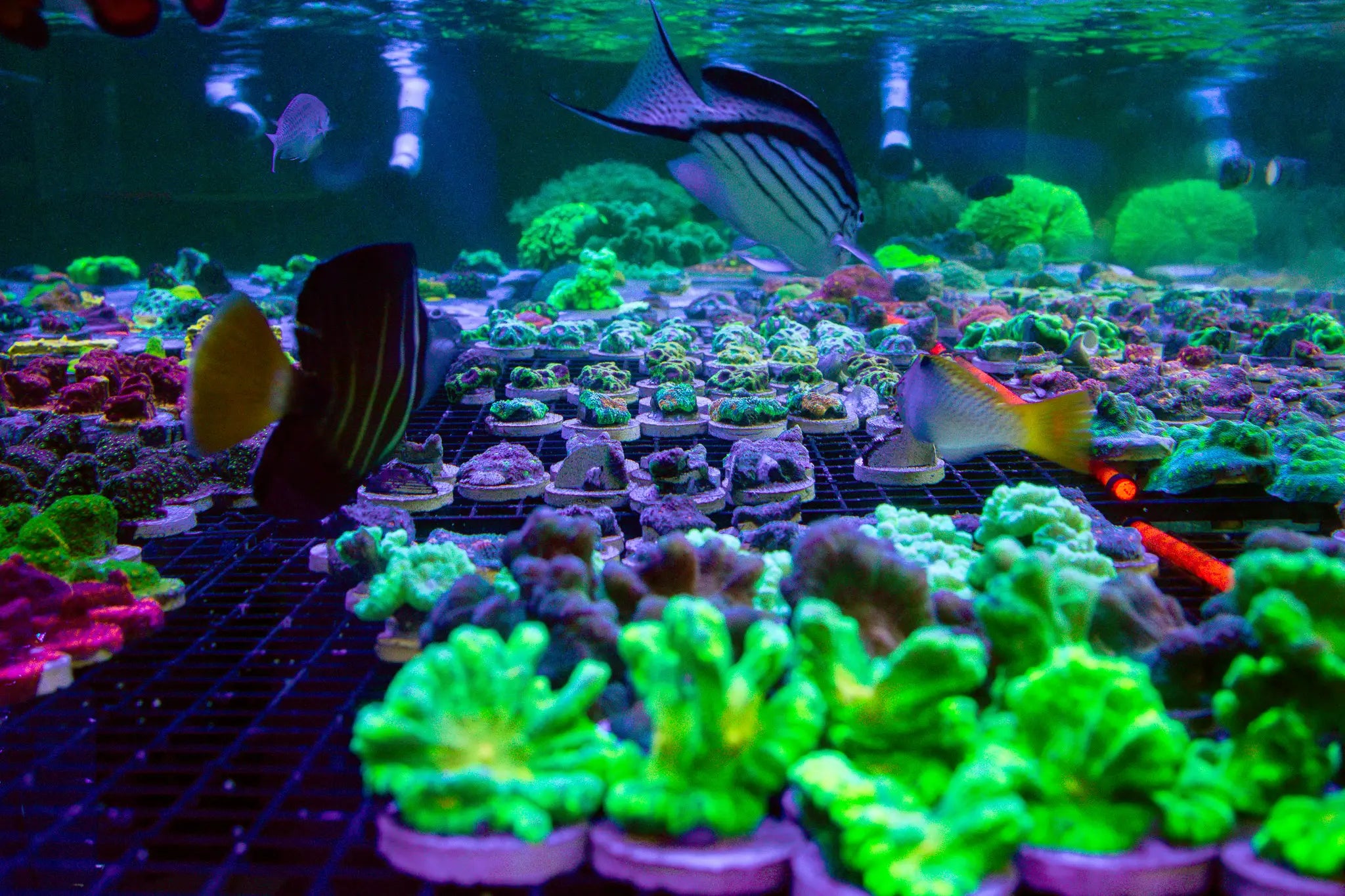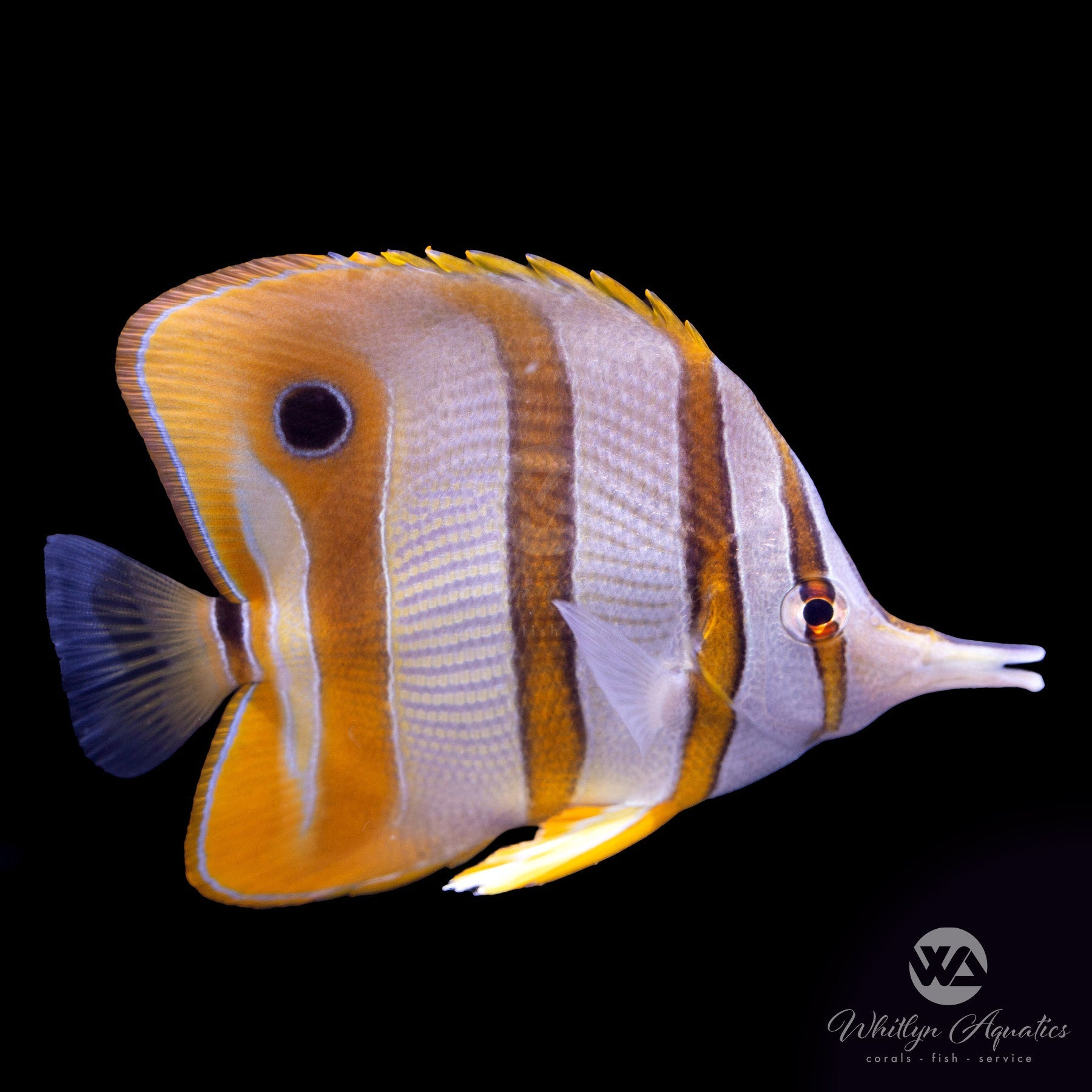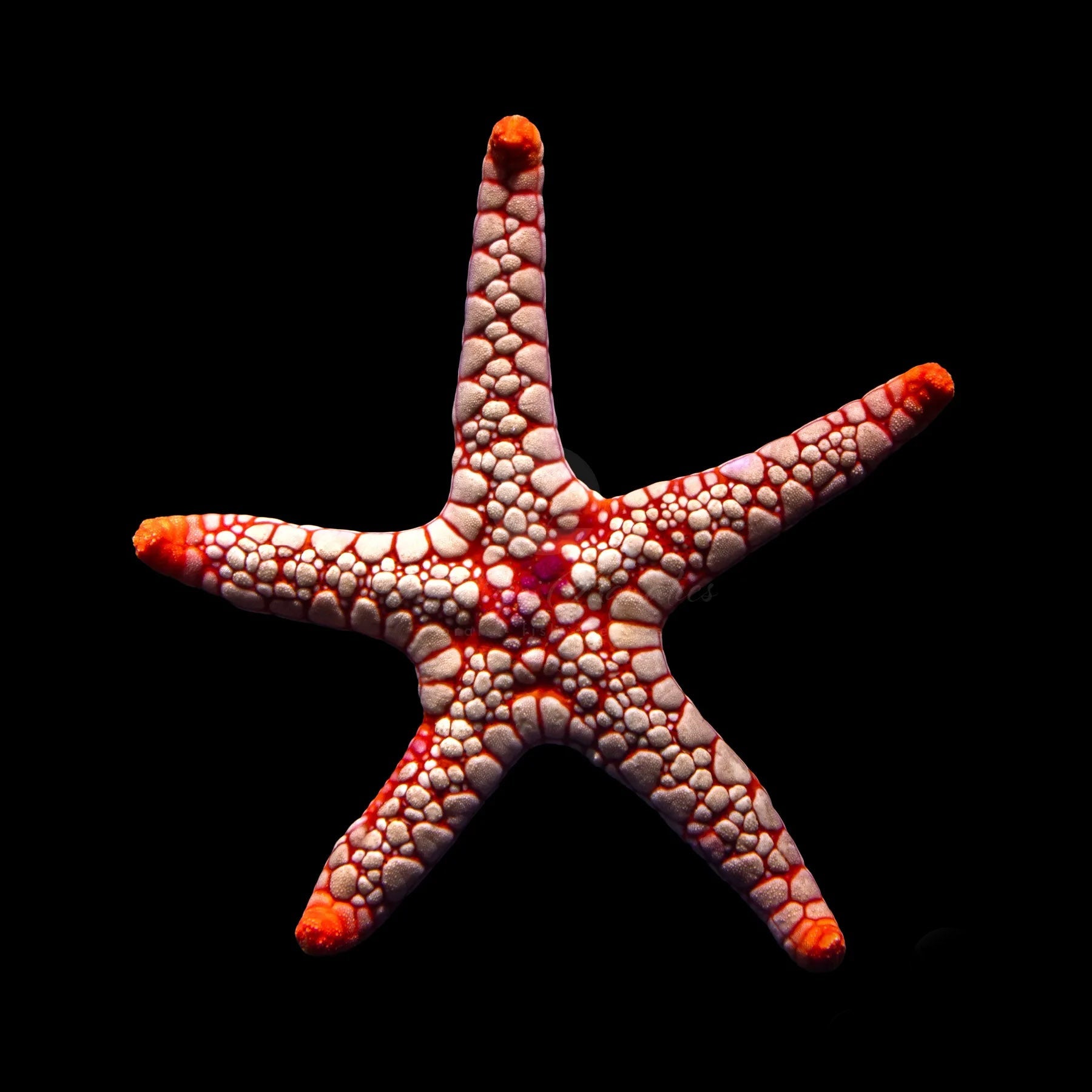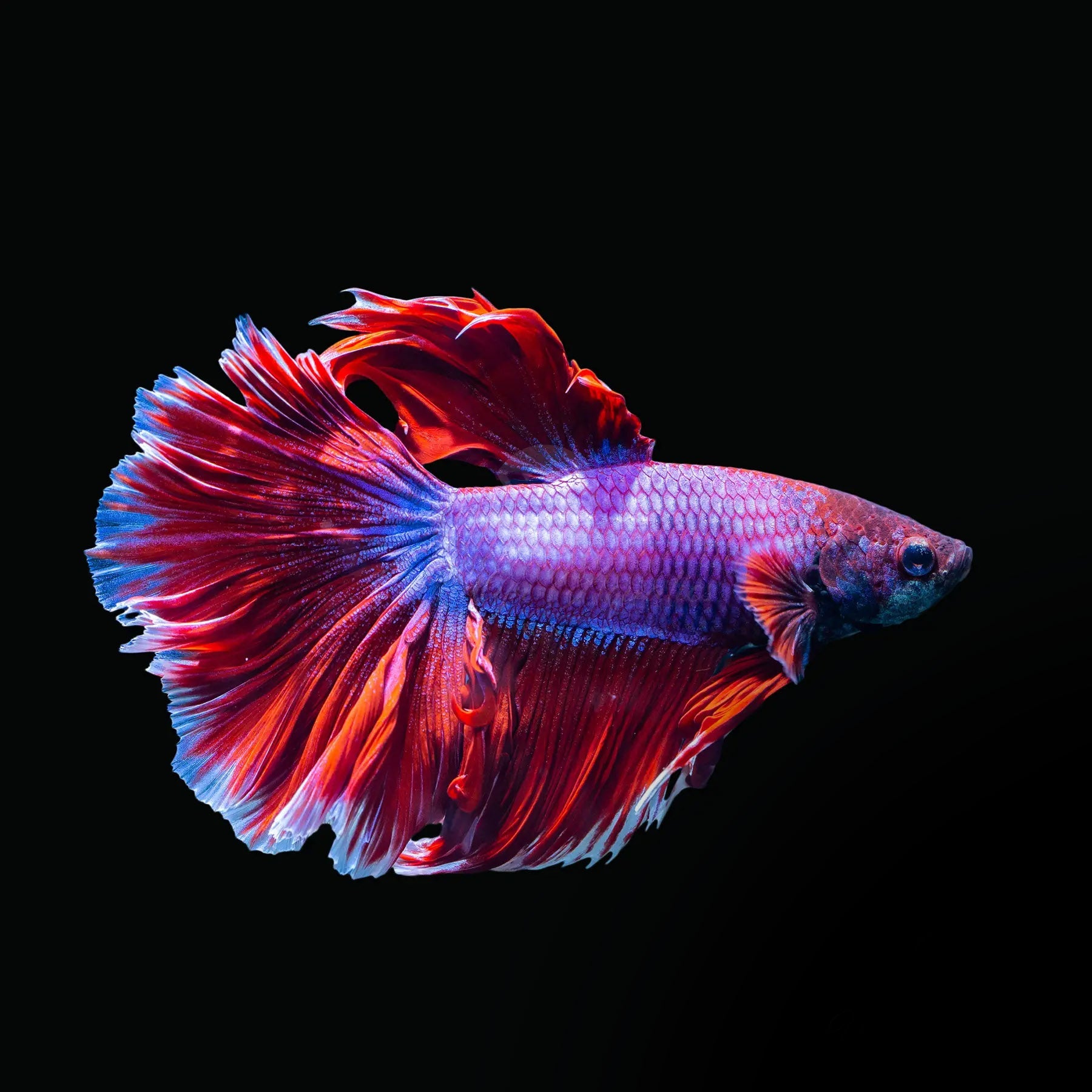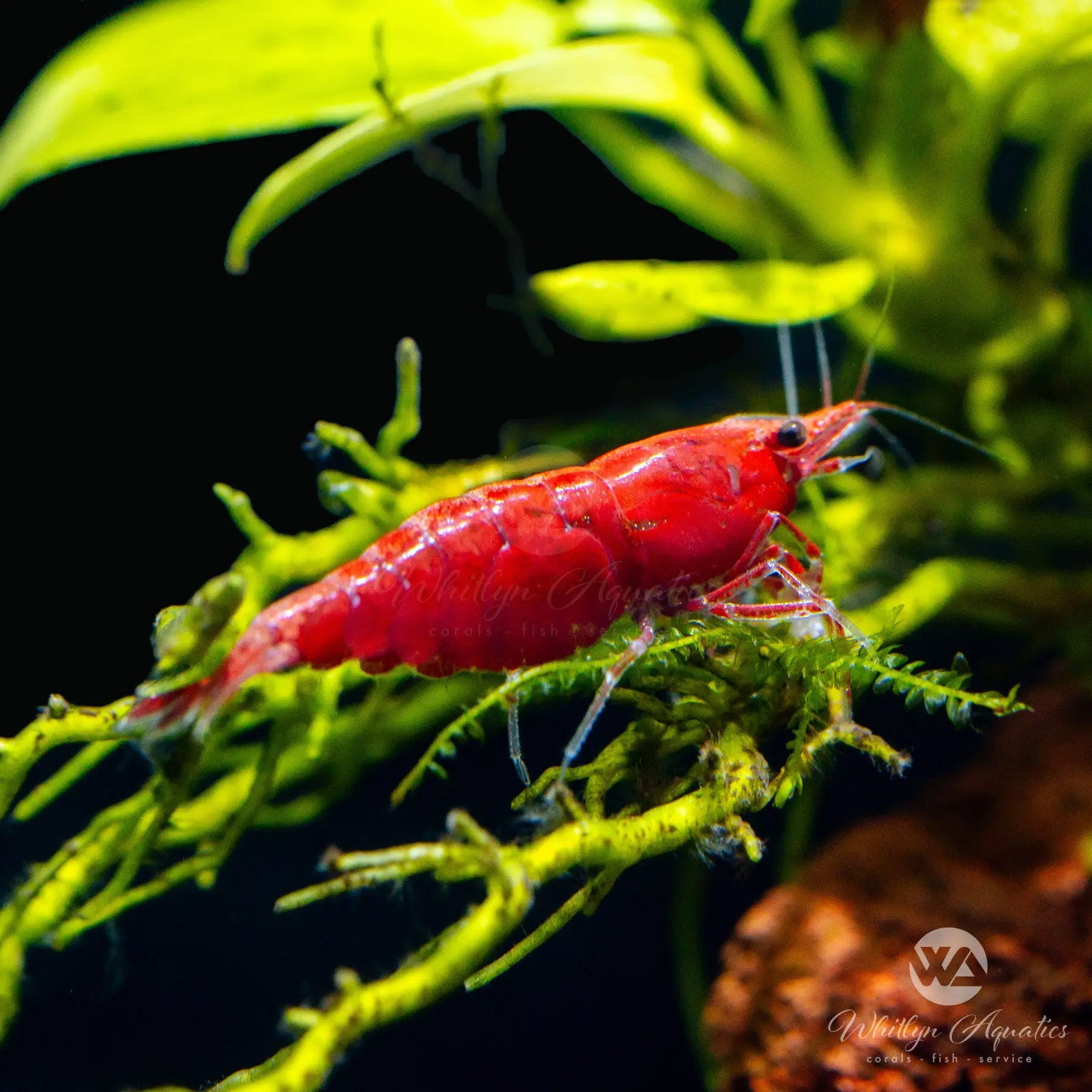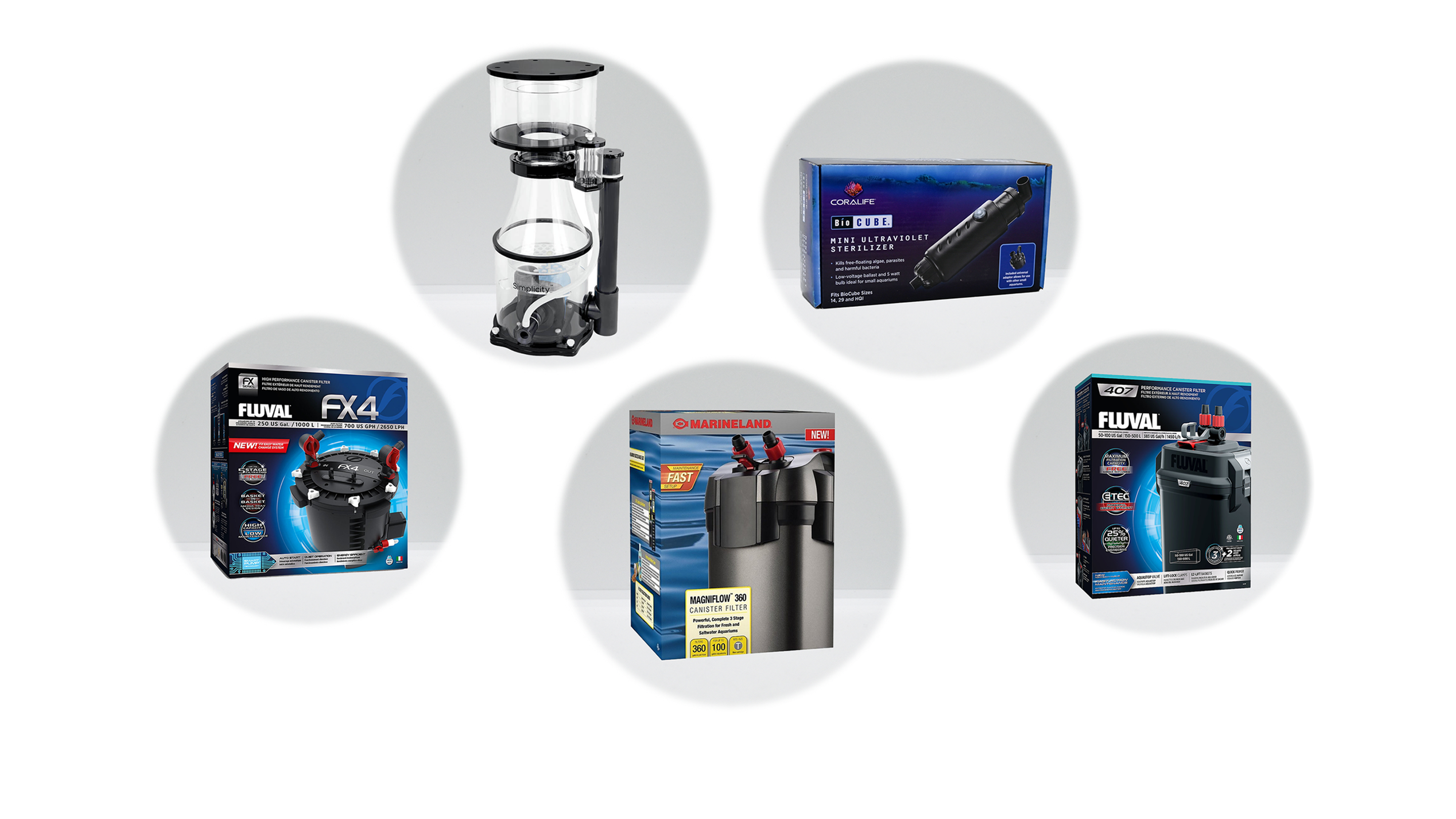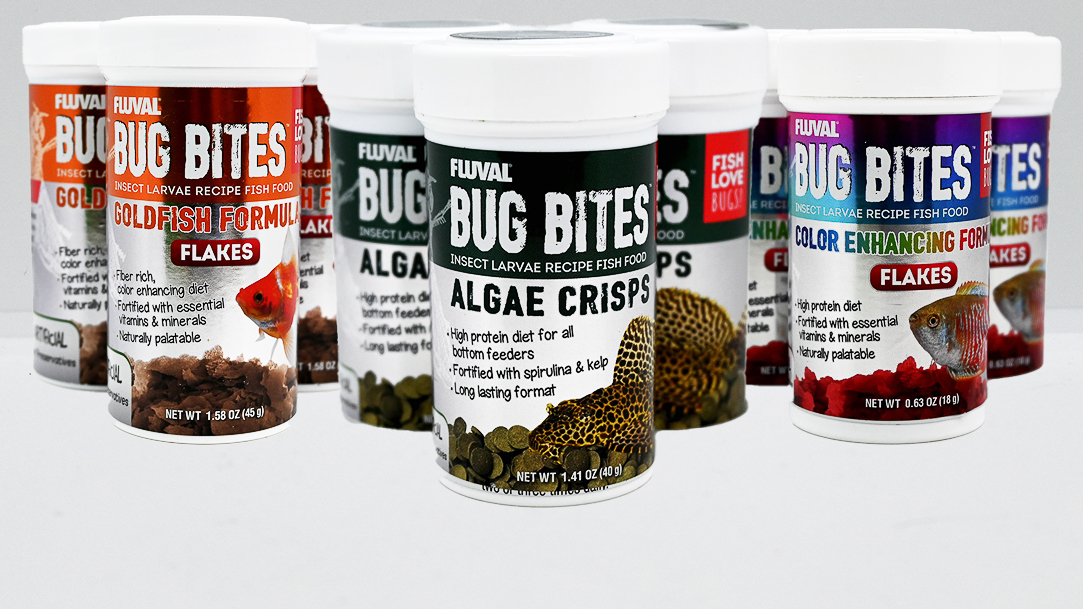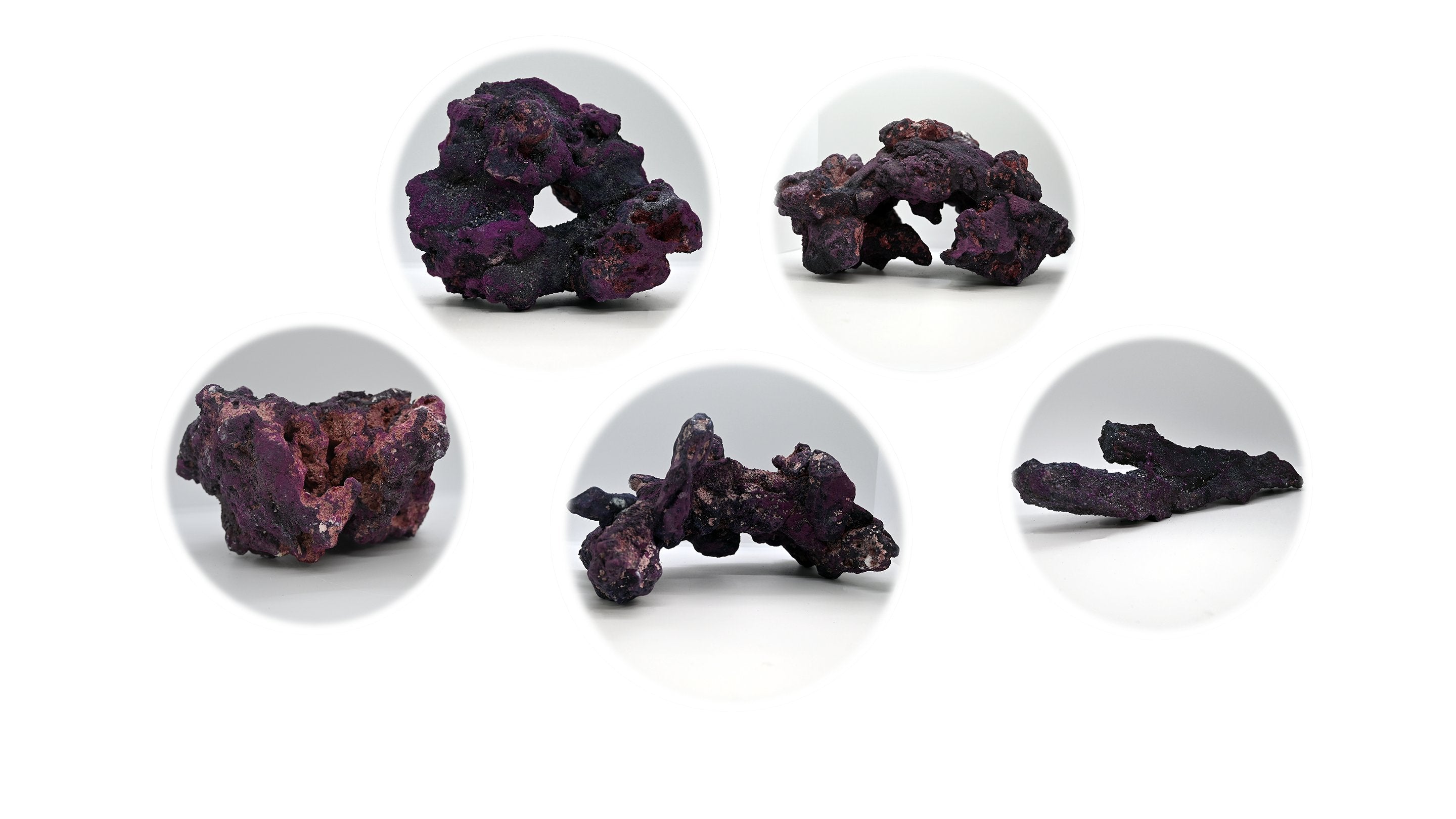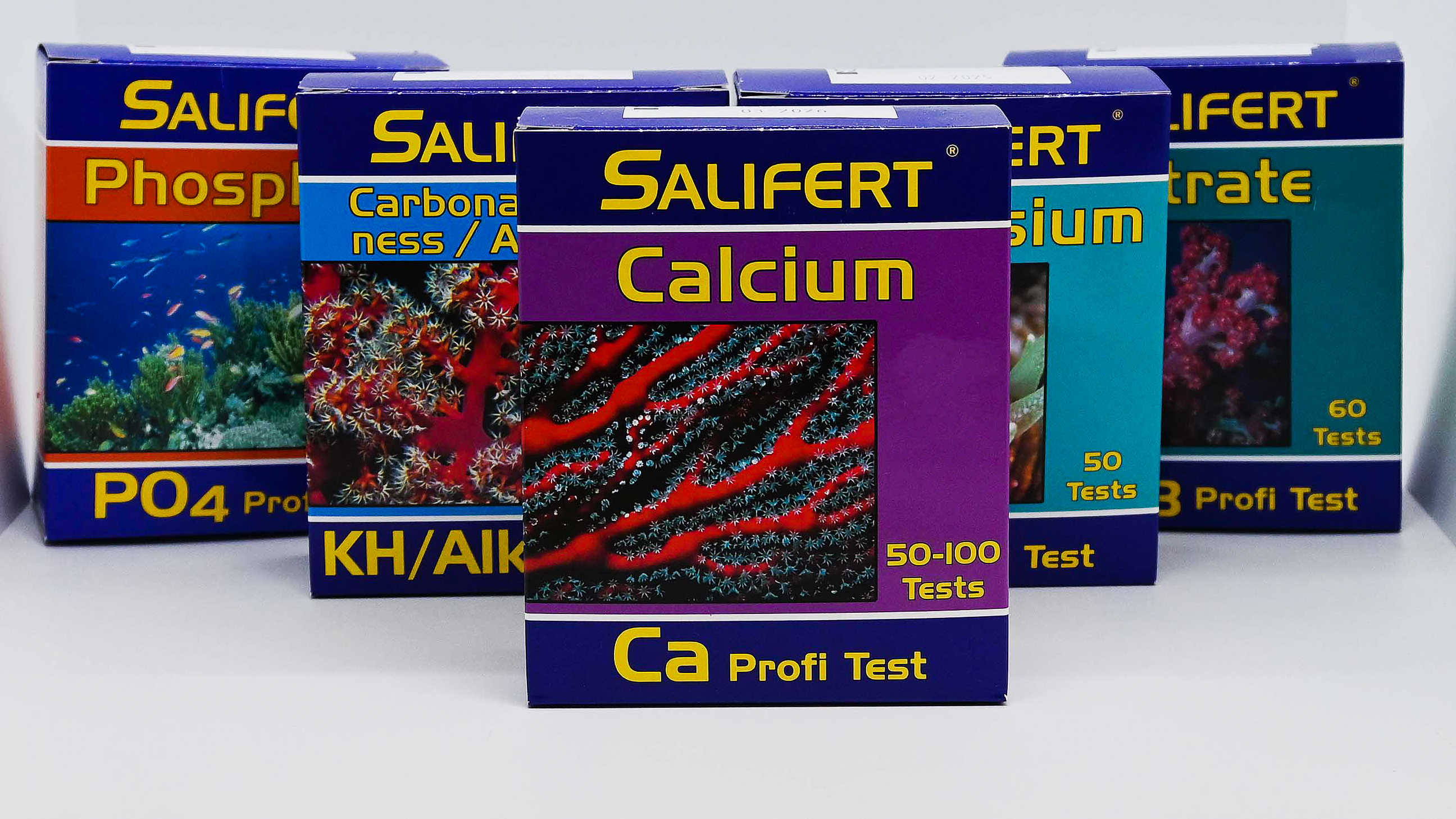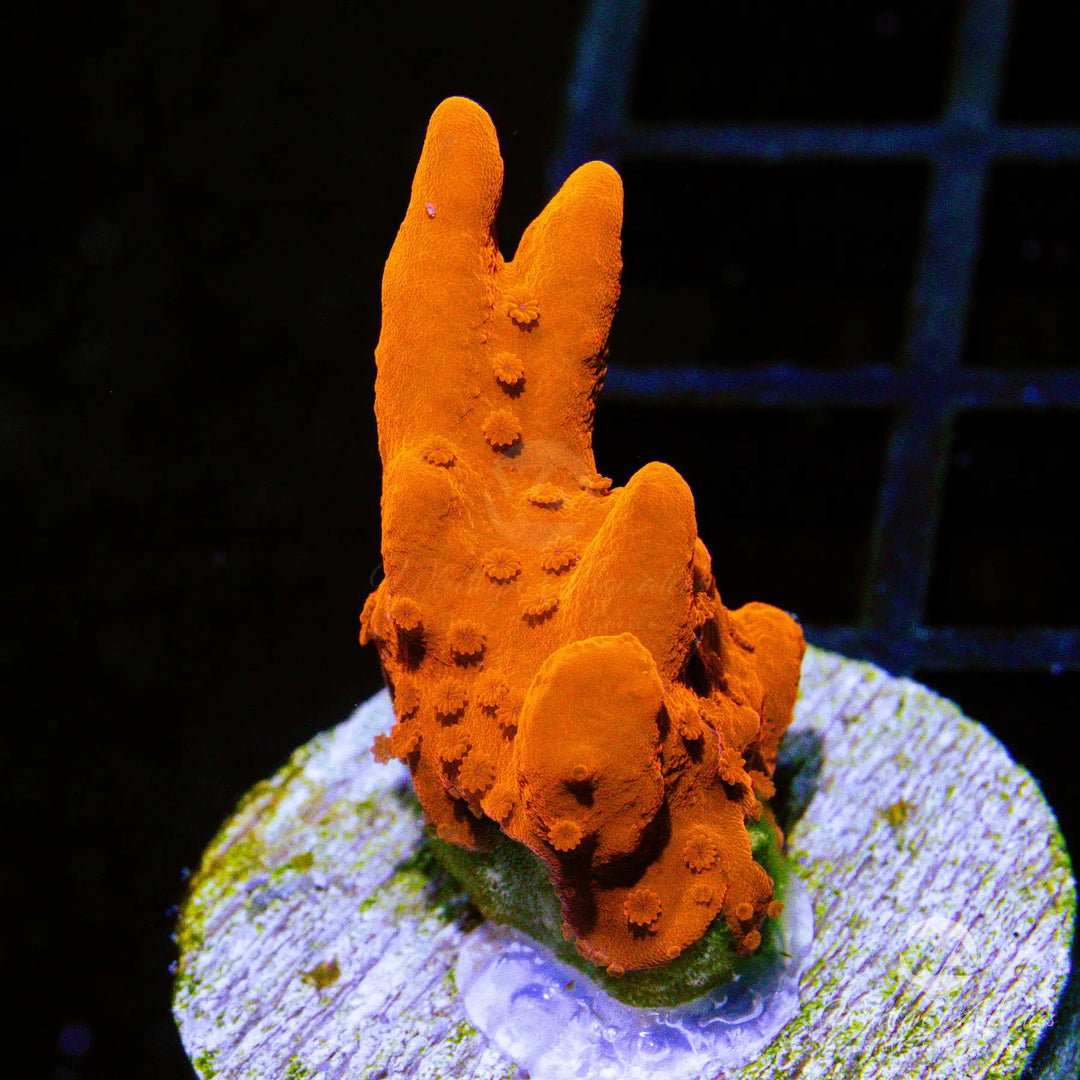
(AF5) Montipora Setosa - WYSIWYG
- In stock, ready to ship
- Backordered, shipping soon
All WYSIWYG (What You See Is What You Get) corals will be the exact specimen in the photo. Please note that corals may grow and shift in coloration slightly in the time between the photo being taken and delivery. We will contact you before shipping in the rare instance that the coral no longer meets the standards set by the photo.
Montipora corals are among the most popular SPS (small polyp stony) corals for reef aquariums, prized for their vivid colors, unique growth forms, and relative hardiness compared to other SPS species. They can encrust, plate, or branch, adding striking structure and movement to reef aquascapes. With strong lighting, stable water conditions, and moderate flow, Montipora corals can thrive and grow rapidly.
Scientific Name & Identification
Montipora species are small polyp stony corals recognized by their fine polyps, which often give a velvety or textured surface. Growth forms vary widely, with species capable of plating (capricornis), branching (digitata), or encrusting over rock. Coloration includes vivid reds, greens, purples, oranges, and multicolor combinations that fluoresce brightly under actinic lighting.
Natural Habitat
Native to the Indo-Pacific, Montipora corals inhabit shallow reef crests and upper reef slopes. They grow in high-light, high-flow zones, often competing for space with Acropora colonies. Their wide distribution and adaptability make them one of the more resilient SPS corals in the wild and in captivity.
Aquarium Care & Setup
Temperature: 75–80°F (24–27°C)
pH: 8.1–8.4
Salinity: 1.024–1.026
Flow: Moderate to strong, ensuring polyps receive proper oxygen and nutrients while avoiding tissue damage
Lighting: High-intensity reef lighting (200–400 PAR depending on species and placement)
Placement: Best placed higher in the aquascape for optimal light exposure; encrusting varieties can cover rockwork, while plating and branching species need room to expand
Feeding Montipora Corals
Montipora corals are photosynthetic, deriving most of their energy from symbiotic zooxanthellae. While they do not require direct feeding, they can benefit from occasional target feeding of coral foods, such as phytoplankton, zooplankton, or amino acid supplements, which may enhance coloration and growth.
Growth and Behavior
Montipora corals are fast-growing SPS that can spread quickly under ideal conditions. They are generally less aggressive than Acropora, but some species may shade out neighboring corals with their plating growth. Their ability to grow in various forms makes them versatile additions to mixed SPS tanks.
Tankmates
Montipora corals are peaceful but should be given space to prevent overgrowth onto other corals. Suitable tankmates include most reef-safe fish, invertebrates, and other SPS corals. Avoid housing them near aggressive LPS corals with long sweeper tentacles, as these can damage Montipora tissue.
For more information, check out our Monitpora Care Guide.
Are Montipora corals good for beginners?
Yes, Montipora are considered one of the more beginner-friendly SPS corals, though they still require stable water parameters, moderate to high lighting, good flow, and attention to calcium and alkalinity levels.
What lighting do Montipora corals need?
They do best under medium to high-intensity reef lighting (150–300 PAR). Proper lighting helps maintain vivid coloration.
Do Montipora corals need to be fed?
While they photosynthesize, Montipora benefit from occasional feeding with fine coral foods or phytoplankton.
Where should I place Montipora in my tank?
Plating Montipora thrive on mid-to-upper rockwork, while encrusting forms can be placed lower to spread across rock surfaces.
How fast do Montipora corals grow?
Montipora are fast growers, often expanding rapidly across rockwork or developing large plating colonies under ideal conditions.
Are Montipora corals aggressive?
Montipora are generally peaceful but can crowd or shade nearby corals due to their rapid growth. Provide adequate space when placing them.


